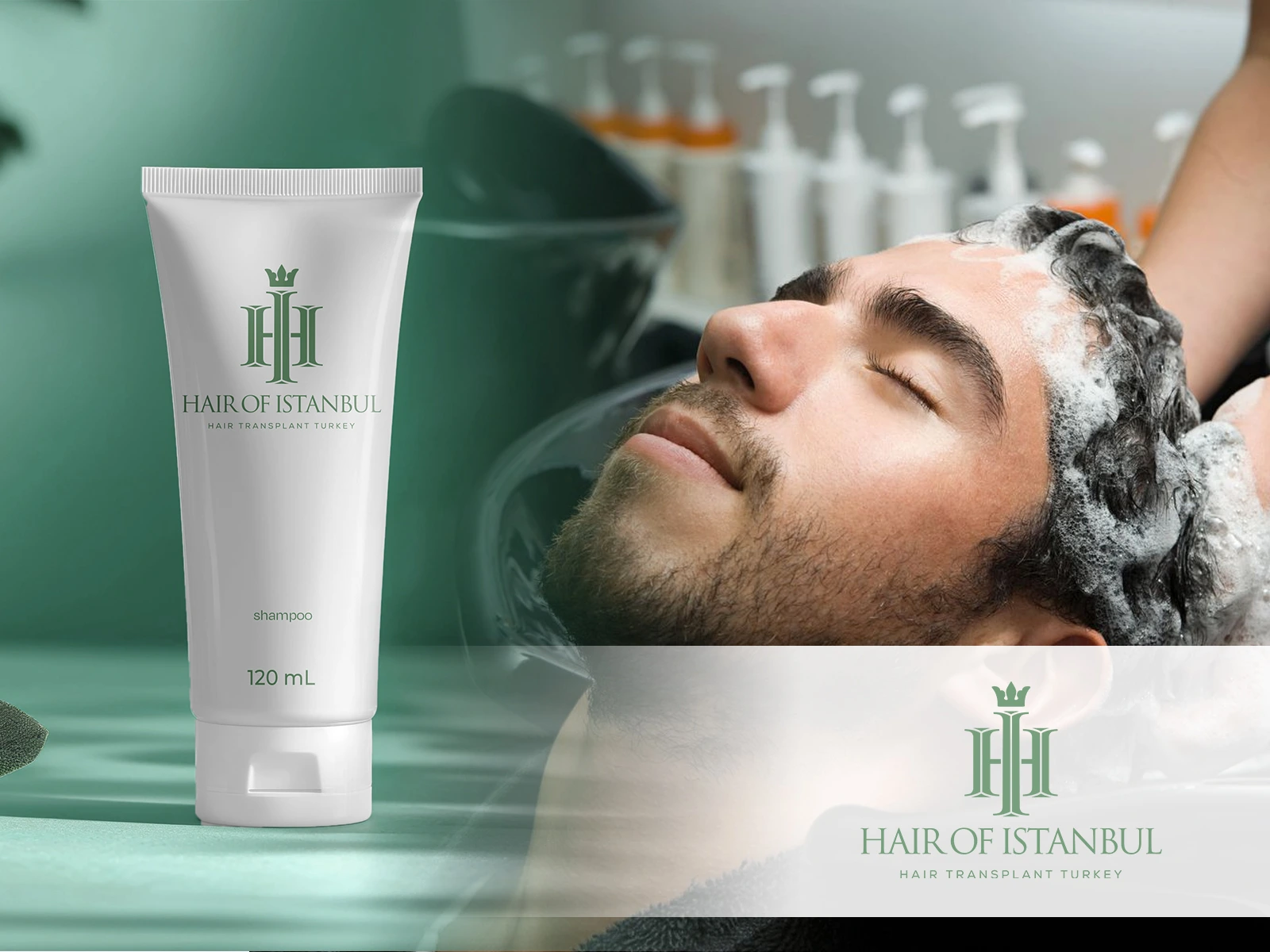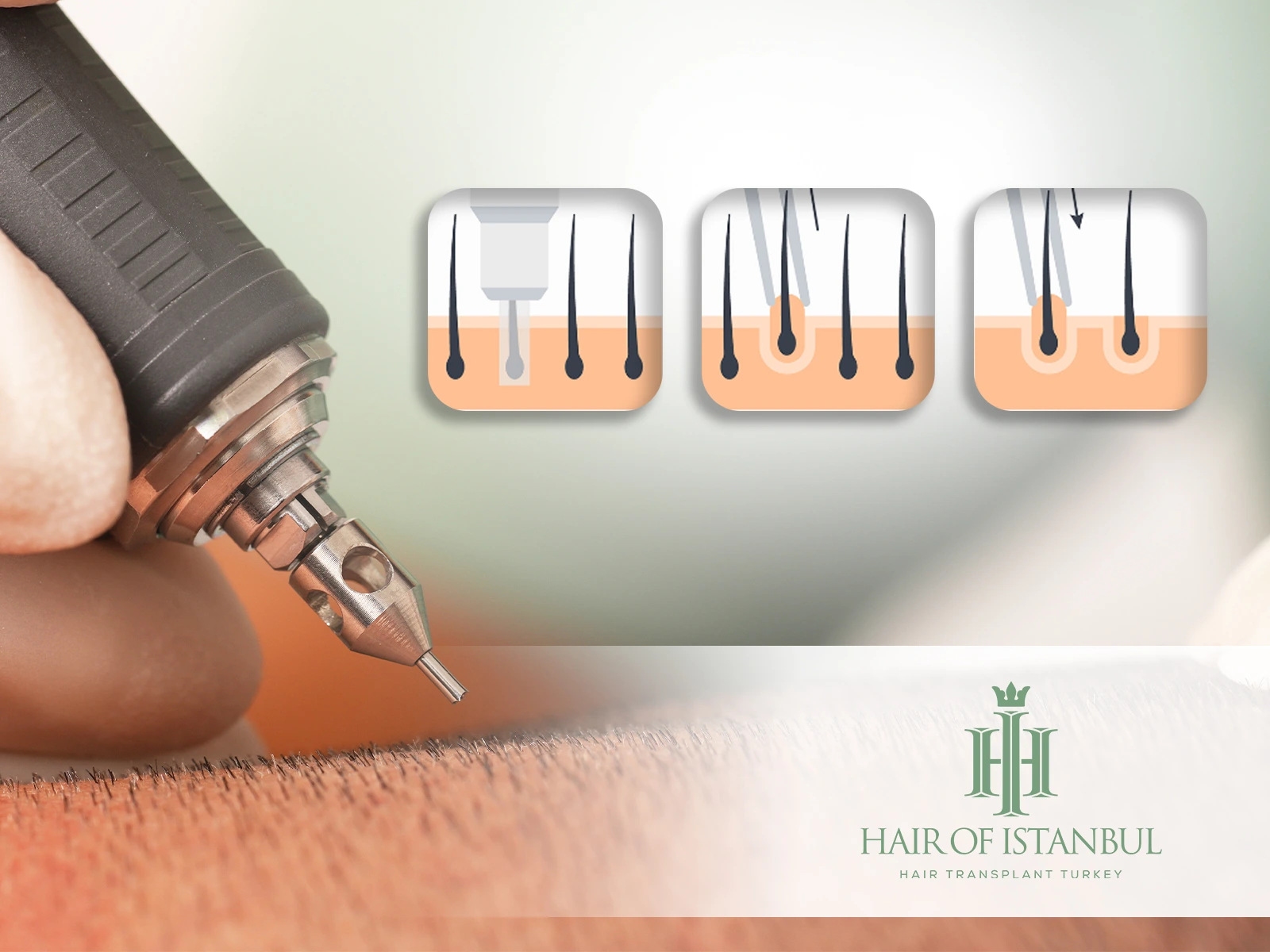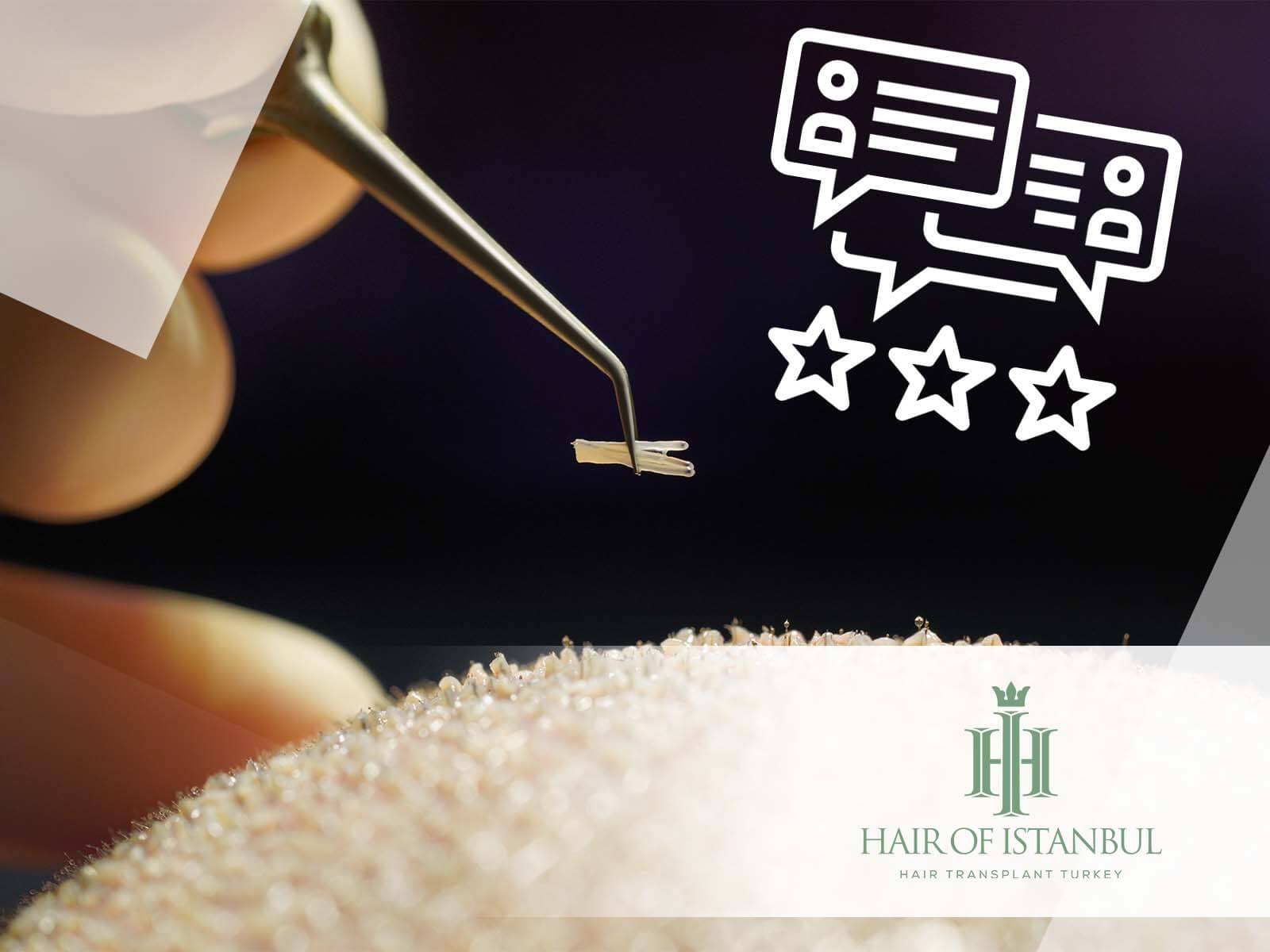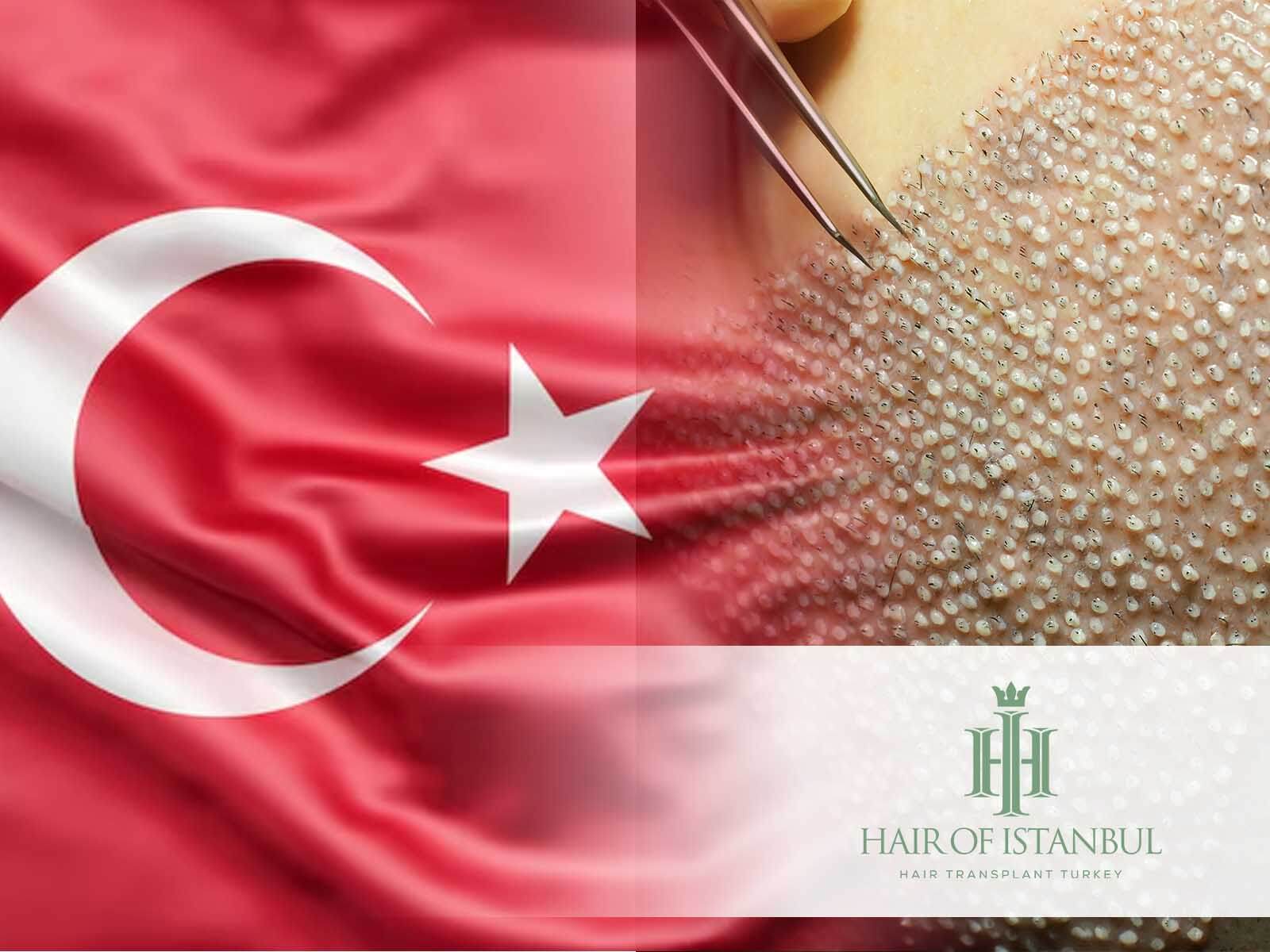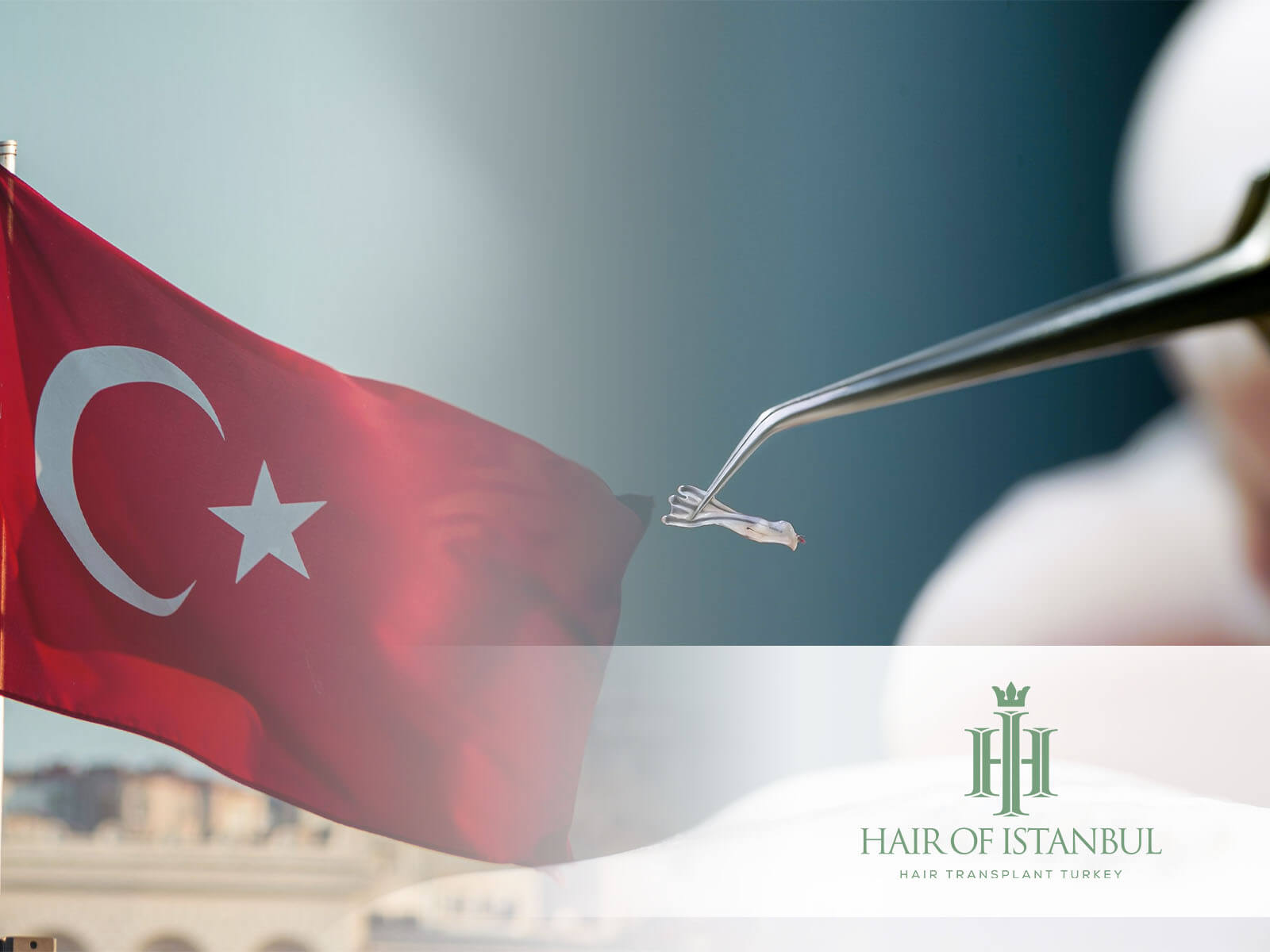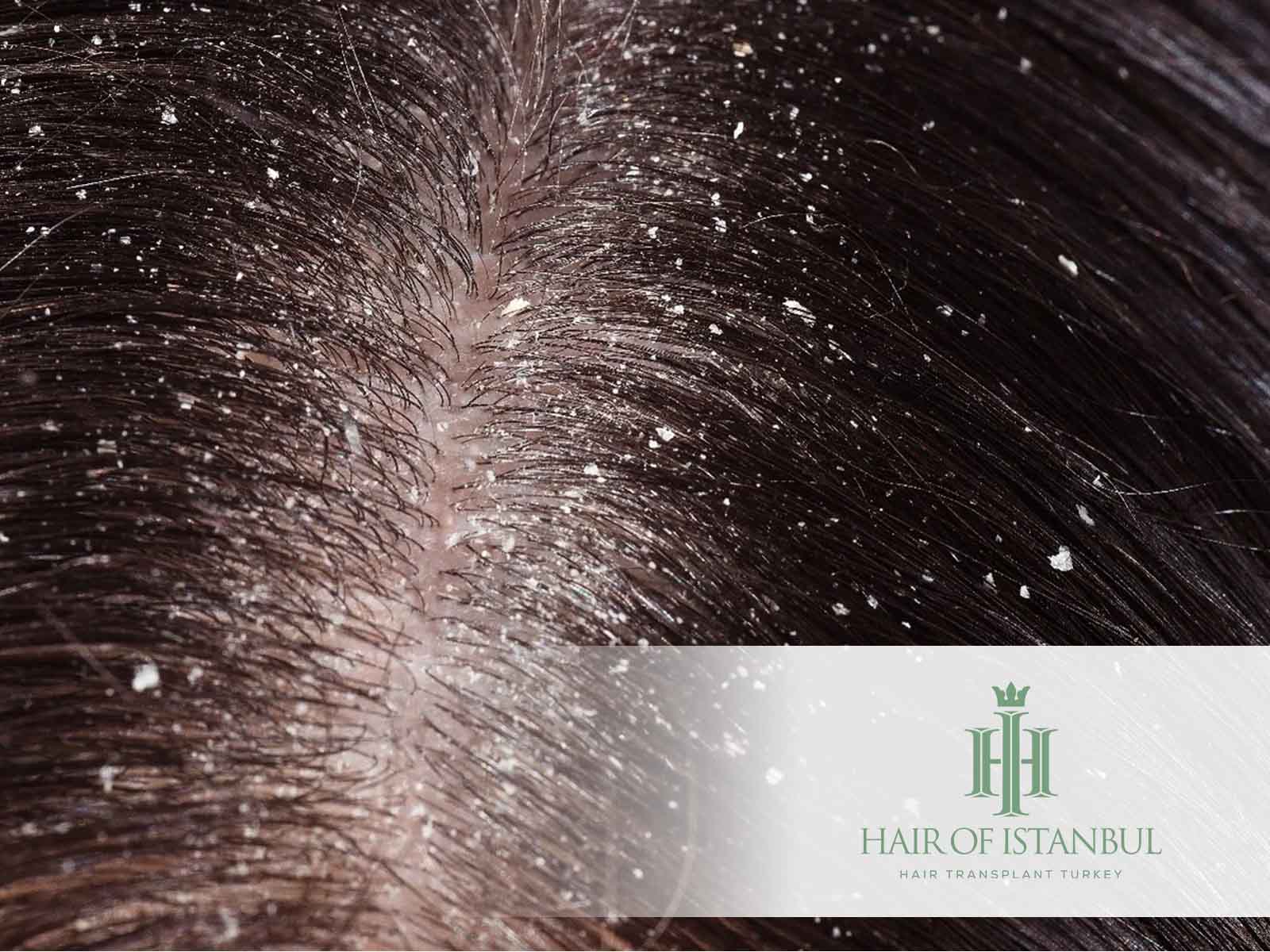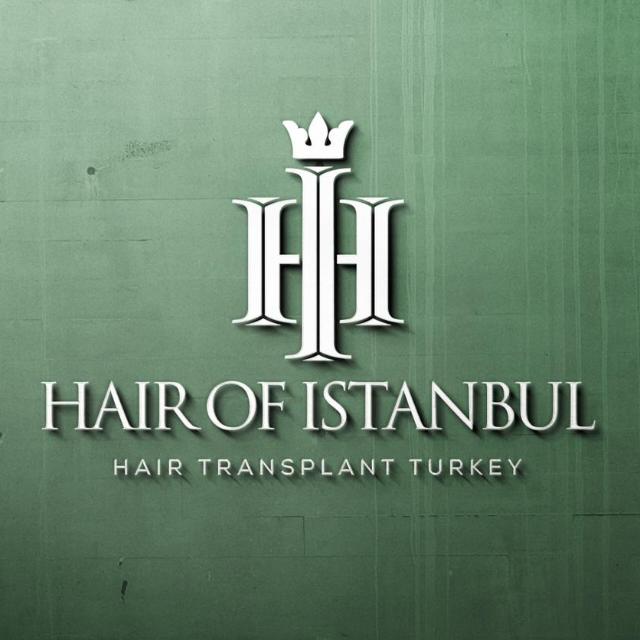Hair Transplant: A Comprehensive Guide
Hair Transplant: A Comprehensive Guide
Hair transplant is a surgical procedure that involves moving hair follicles from one part of the scalp (donor site) to a bald or thinning area (recipient site). It’s a popular solution for people experiencing hair loss, as it can restore natural-looking hair growth and boost self-confidence.
Types of Hair Transplant
There are two main types of hair transplant techniques: Follicular Unit Transplant (FUT) and Follicular Unit Extraction (FUE).
FUT involves removing a strip of scalp from the donor site and dissecting it into individual hair follicles. The follicles are then transplanted into the recipient site. This method leaves a linear scar on the donor site and typically requires a longer recovery period.
FUE, on the other hand, involves removing individual hair follicles from the donor site using a tiny punch tool. The follicles are then transplanted into the recipient site. This method is less invasive and leaves no linear scar, but it’s a more time-consuming process and typically requires a higher number of sessions to achieve the desired results.
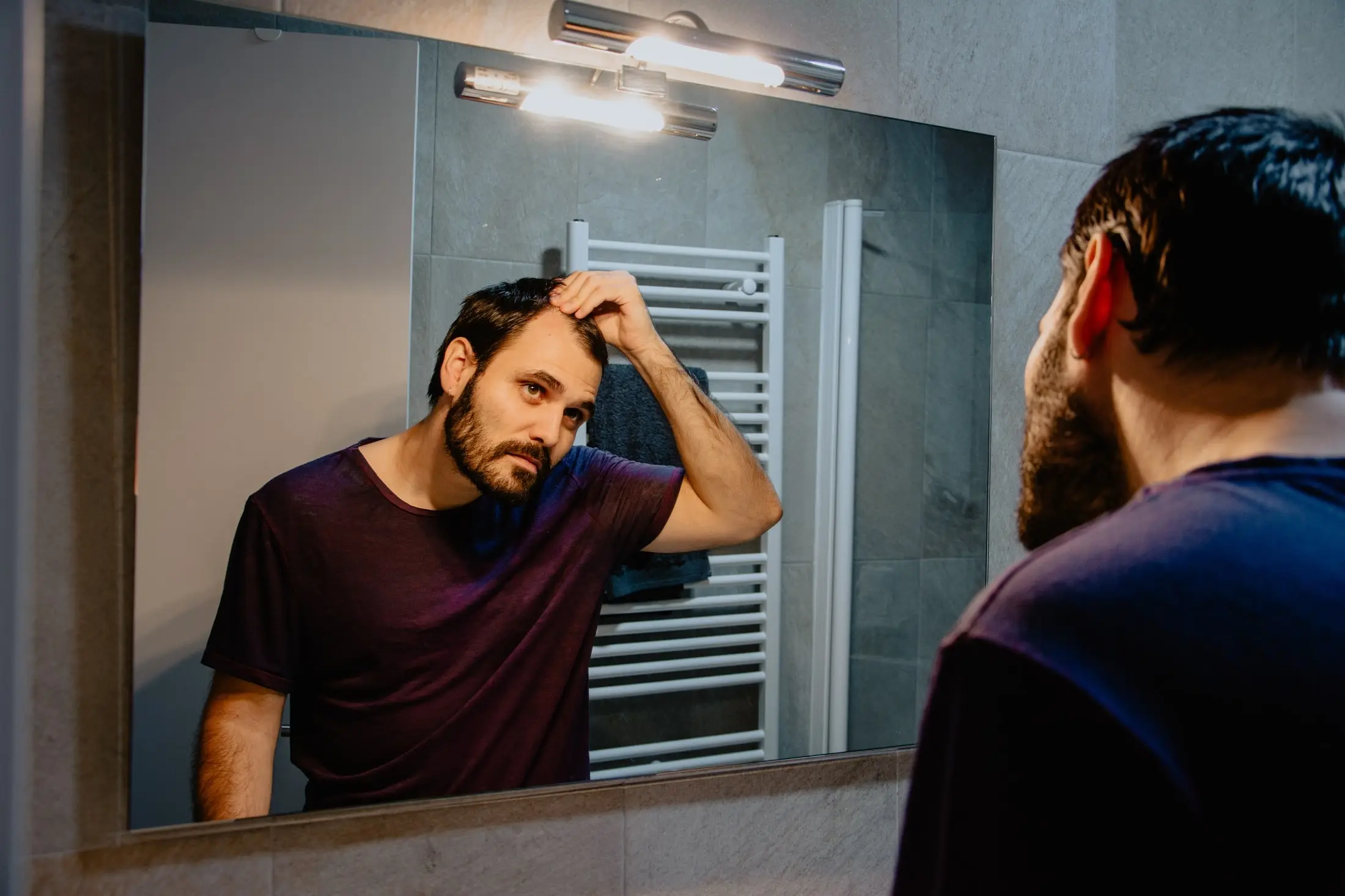
Preparing for Hair Transplant
Before undergoing a hair transplant, it’s important to have a consultation with a qualified hair restoration specialist. During the consultation, the specialist will assess your hair type, scalp condition, and the extent of hair loss to determine the best approach for your individual needs.
They will also discuss the potential risks and benefits of the procedure and answer any questions you may have. To prepare for the procedure, you may be instructed to stop taking certain medications and to avoid alcohol and smoking for a specified period.
The Hair Transplant Procedure
The hair transplant procedure is typically performed under local anesthesia and can take several hours to complete, depending on the number of grafts being transplanted.
During the procedure, the hair follicles are carefully removed from the donor site and transplanted into the recipient site. The transplanted hair will start to grow naturally in the new location and should continue to grow for a lifetime.
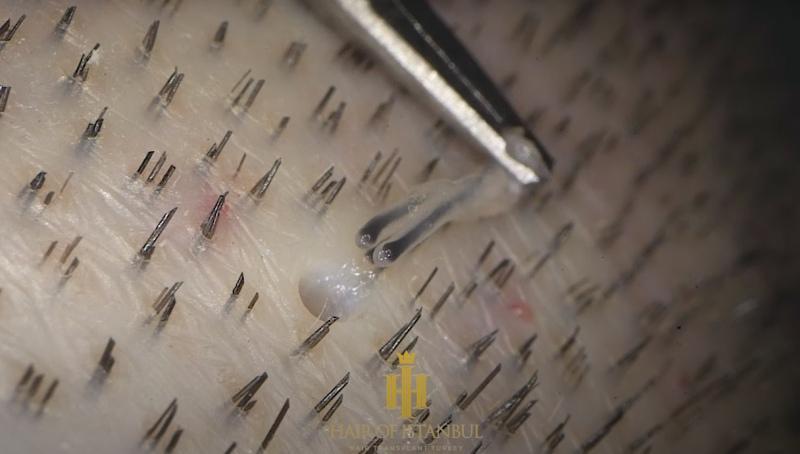
Recovery and Aftercare
After the hair transplant procedure, you can expect some swelling, redness, and discomfort in the treated area. Your hair restoration specialist will provide aftercare instructions to help manage these symptoms and promote optimal healing.
It’s also important to follow the recommended aftercare regimen to ensure the best possible results. This may include avoiding strenuous physical activity, keeping the transplanted area clean and moisturized, and avoiding direct exposure to sunlight.
Final Thoughts
Hair transplant is a highly effective solution for people experiencing hair loss. With proper preparation, care, and aftercare, you can enjoy a fuller, more natural-looking head of hair for a lifetime. If you’re considering a hair transplant, it’s important to choose a qualified and experienced hair restoration specialist to ensure the best possible results.

